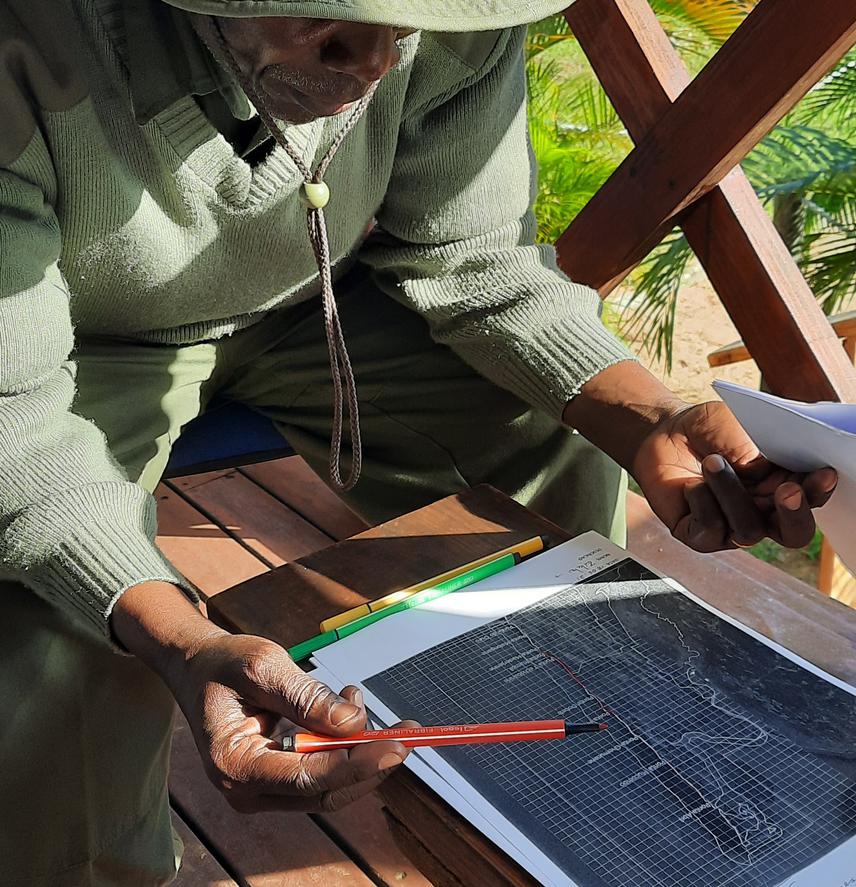Cristina Louro
Among the world’s greatest phenomena are wildlife’s large-scale migrations. However, these are under increased pressure and efforts to avert their potential loss are urgent but challenging. The migratory nature of these species places them under different jurisdictional frameworks (Bauer & Hoye, 2014). This is of concern because migratory species are long-lived and, for the most part, are listed as Threatened (Heppell, 1998). Conserving migratory species contributes to the maintenance of key ecological functions and to safeguard the natural assets that provide supplementary sources of income to people. This is especially important in developing countries, where people are greatly dependent on the direct use of natural resources and alternative economic opportunities (Harris et al. 2018). Protective measures and large-scale economic opportunities (e.g., coastal and marine development, oil and gas exploitation) can potentially result in economic and social costs to the people, by redefining ownership, access rights and resource use, if not planned accordingly. Consequently, there is a pressing challenge to integrate people’s needs within protective measures (Ban et al., 2013).

To overcome these challenges, researchers advocate for strong international cooperation associated with conserving migratory species and the inclusion of people’s needs in an integrated ecosystem-based approach to planning. An emerging approach uses two tools: Marine Spatial Planning (MSP), complemented by Systematic Conservation Planning (SCP). The purpose of this work is to assess how spatial planning, through the use of MSP and SCP, can be adapted to contribute to the conservation of wide-ranging migratory species, whilst optimizing social and economic opportunities (Foley et al. 2010). This will be explored through the four sea turtle species that occur within the Southwestern Indian Ocean (SWIO) while including the people that live in the Ponta do Ouro–Kosi Bay Marine and Coastal Transfrontier Conservation Area (TFCA), which is shared by Mozambique and South Africa.